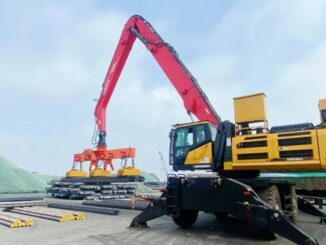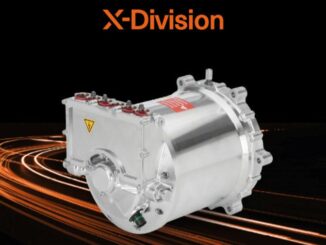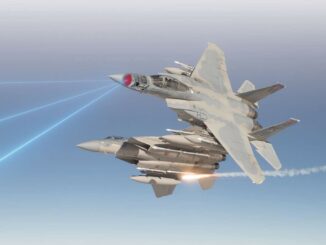
Proteus Marine Renewables Advances Subsea Tidal Power
With subsea projects ongoing in Japan, Scotland and France, Proteus Marine Renewables is spearheading the commercialization of marine renewable energy with its innovative tidal power products and services. The company’s core product uses permanent magnet generators […]






